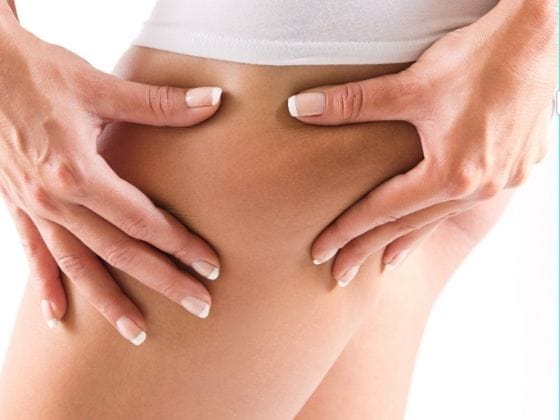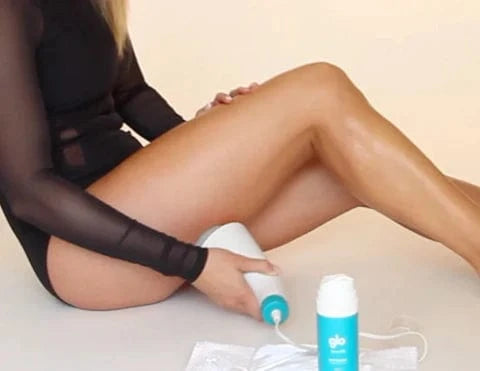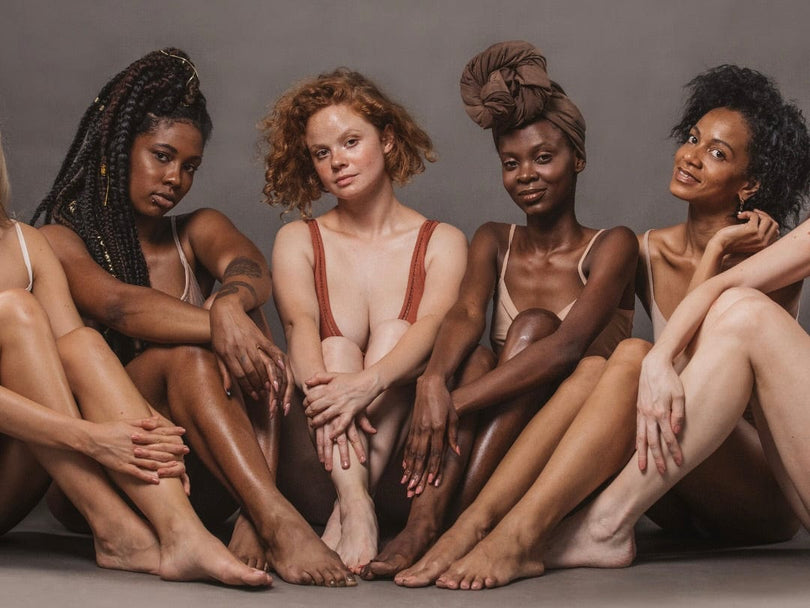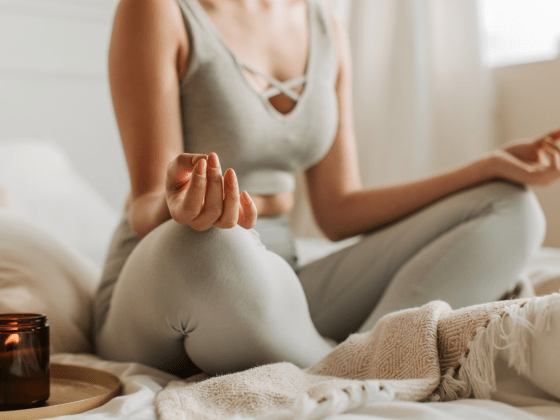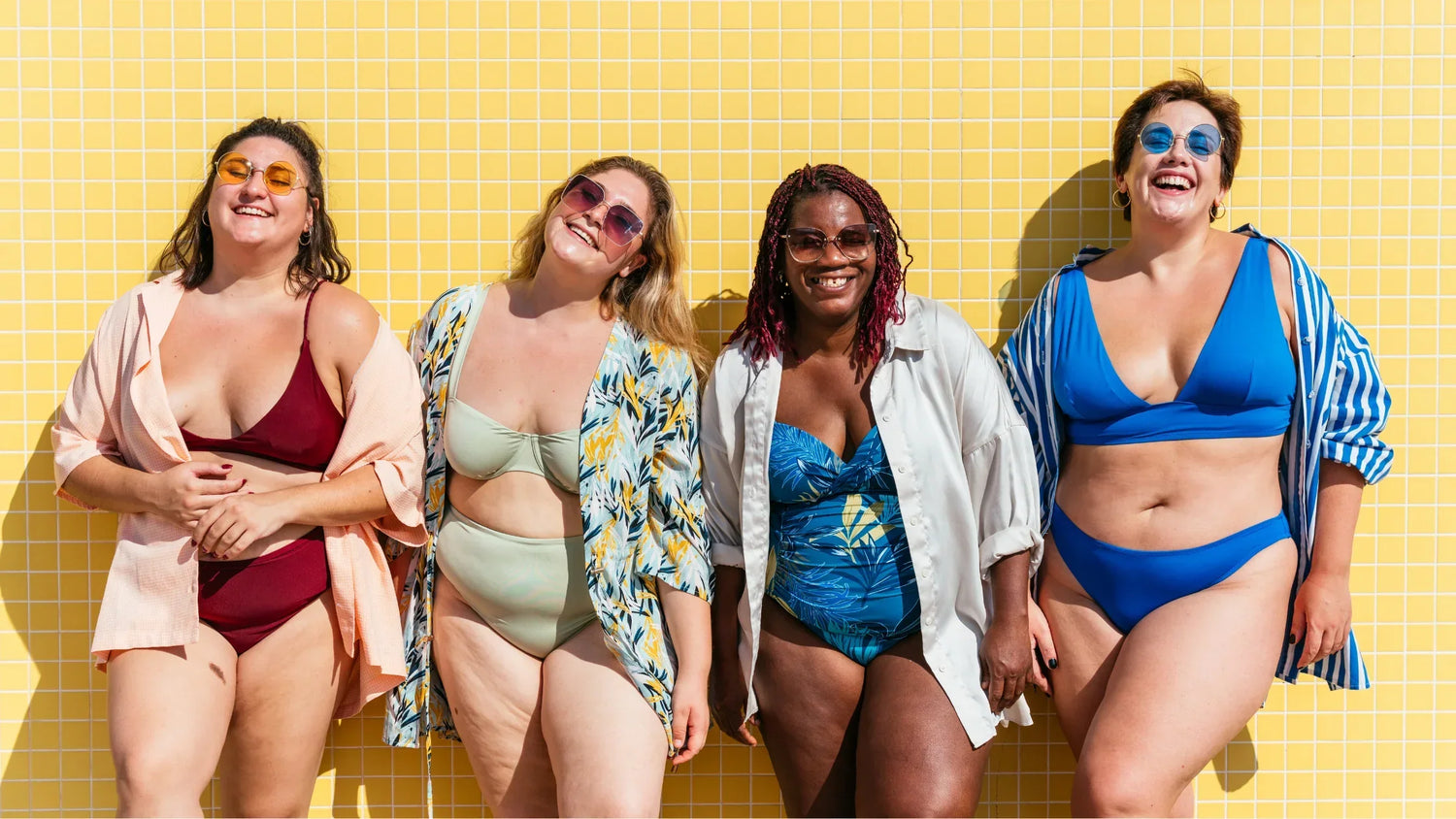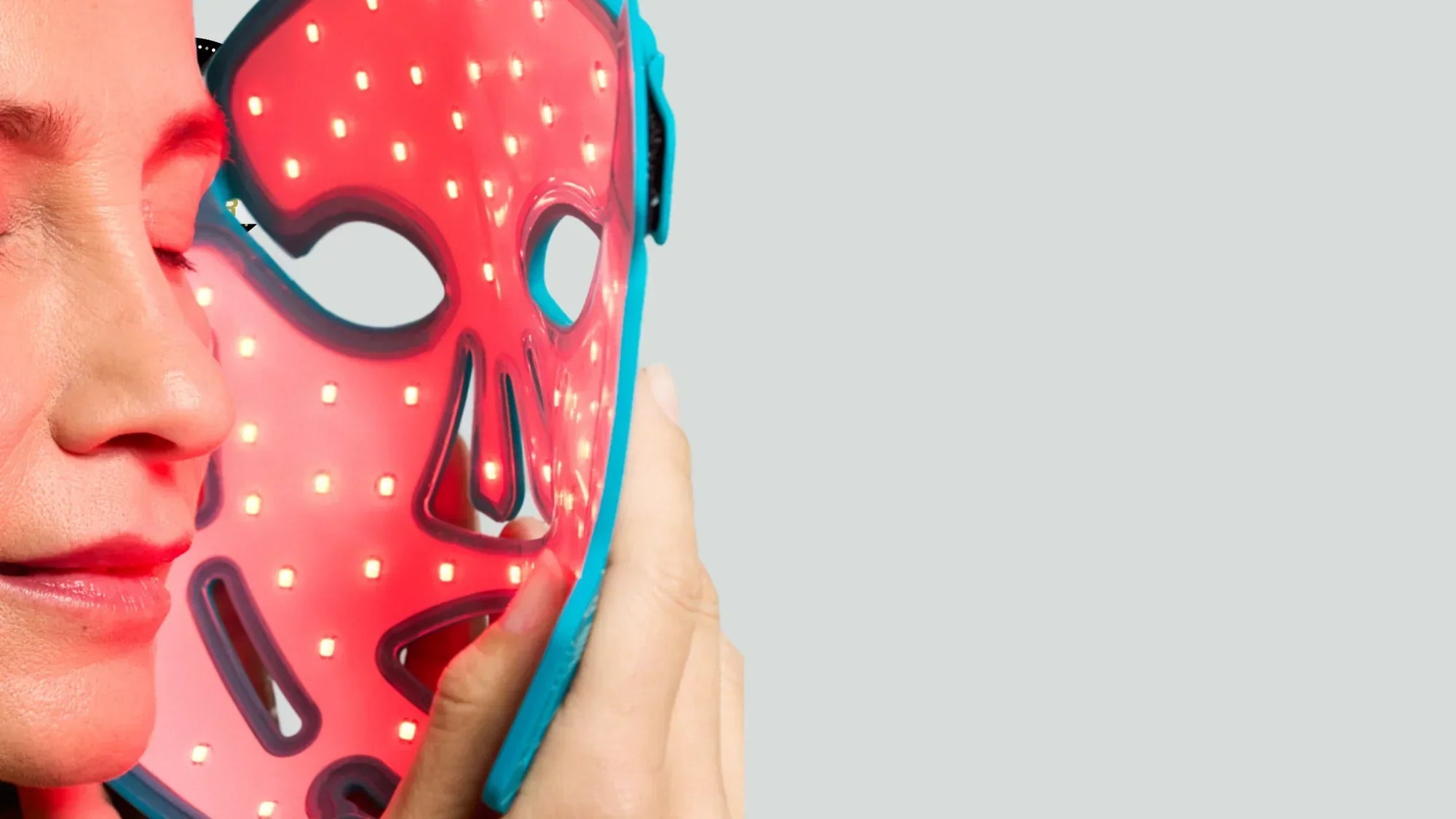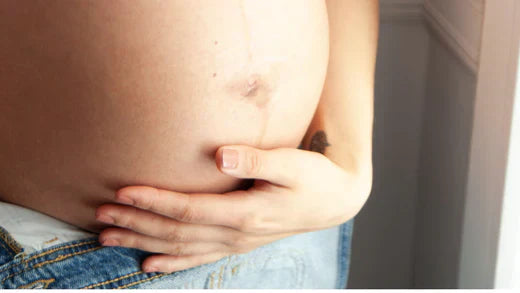Cellulite on the legs and buttocks is a condition that worries many people, especially when it appears in these areas. This “orange-peel” texture can affect anyone, regardless of weight. Below, we explore the various aspects of this issue and how a leg cellulite treatment can help improve or eliminate its appearance.
What is cellulite and how does it form on the legs?
Cellulite refers to the irregular, dimpled appearance of the skin, especially in areas like the legs and buttocks. It is caused by the accumulation of fat cells beneath the skin’s surface, which push against connective tissue, creating lumps and depressions.
Factors such as hormonal changes, genetics, and lifestyle contribute to its appearance. It is not limited to people with overweight; thin individuals may also develop cellulite.
Inadequate hydration, poor diet, and lack of exercise can also influence its development, as well as changes in microcirculation and skin collagen.

Types of cellulite and their characteristics
There are different types of cellulite, classified according to their visual and tactile traits. Cellulite can be:
-
Adipose cellulite: soft, often associated with overweight.
-
Edematous cellulite: includes a component of fluid retention.
-
Fibrous cellulite: firm and painful to the touch.
-
Cellulite associated with venous circulation issues (phlebopathy): linked to circulatory problems.
-
Cellulite with loss of tone (flaccidity): when there is a decrease in tissue firmness.
Identifying the type of cellulite is key to choosing the most suitable treatment and achieving better results.
Factors that contribute to cellulite in the legs
The factors that favor the appearance of cellulite on the legs are varied. Genetic predisposition is one of the main ones, but hormonal changes (such as during puberty, pregnancy, and menopause) also play a role.
Sedentarism and an unhealthy lifestyle—such as a diet high in fats and carbohydrates and low in fiber and nutrients—are significant contributors. Wearing tight clothing and smoking can impair circulation and worsen the condition.
Stress management is another important variable, as it may influence fluid retention and fat deposit formation.
Effective aesthetic treatments for cellulite
-
Anticellulite leg massages: A non-invasive technique that stimulates blood and lymphatic circulation. These massages help break down fat deposits and improve skin texture, and also promote collagen production, essential for skin elasticity. They’re most effective when combined with diet and exercise.

-
Manual anticellulite and drainage massage: One of the most effective treatments, as it mobilizes fatty tissue, improves circulation, and addresses edema. However, it’s labor-intensive, which has led to the development of devices that mimic its effect with less effort from the therapist. Even techniques like wood therapy (maderoterapia) require skill and strength.

Other aesthetic options include:
-
Mesotherapy: Involves injecting active substances directly into the affected area.
-
Pressotherapy: Uses pressurized air to improve circulation and lymphatic drainage.
-
Cavitation: Utilizes ultrasound to break down fat deposits.
-
Radiofrequency and carboxytherapy: Additional techniques that help improve skin texture and reduce cellulite.
Treatments are often customized depending on the type of cellulite and each person’s specific needs.
Tips to prevent cellulite
-
Maintain a balanced diet rich in fruits, vegetables, and fiber.
-
Exercise regularly, including activities that boost circulation like swimming or cycling, combined with strength training, avoiding high-impact exercises.
-
Stay well hydrated to help eliminate toxins. Enhance the effect with draining teas (e.g. dandelion), which may help remove fat from cells.
-
Avoid wearing tight clothing that can impair circulation.
-
Reduce salt intake to prevent fluid retention.
-
Avoid sugar, carbonated drinks, alcohol, fried foods, and foods with saturated fats (ice creams, pastries, etc.).
Questions about leg cellulite treatments
Which treatment is good for cellulite on the legs?
The best treatment depends on the type and severity of the cellulite. Options like mesotherapy, pressotherapy, and cavitation have shown effectiveness. It's important to consult a specialist for a personalized plan.
Adopting healthy habits and doing targeted exercises can significantly improve results when combined with any aesthetic treatment.

What is the most effective way to eliminate cellulite?
A combination of treatments, a healthy diet, and exercise has proven to be the most effective approach. Therapies that enhance circulation and break down fat deposits are especially useful.
Consistency and personalization of the treatment are key to achieving the best results against cellulite.
How can one remove leg cellulite quickly?
Removing cellulite quickly is a challenge, but treatments like shockwave therapy and radiofrequency can accelerate the process. These require multiple sessions and must be complemented with healthy habits.
It’s essential to be realistic about timing and remember that cellulite improvement is gradual. Once results are achieved, they must be maintained over time through diet and by combining them with a home-use treatment, such as the Glo910 anticellulite massager.

How to treat cellulite in the leg?
Treatment of cellulite in the leg should be holistic. Ideally, it should begin with a specialist's assessment to determine the cellulite type and best course of action.
Treatments may include manual therapies, technological devices, and self-care measures such as proper exercise and nutrition.
In conclusion, addressing cellulite requires a combination of treatments and a healthy lifestyle. For those seeking a home solution, Glo910 is an anticellulite massager that can complement the care and prevention routine.
Thanks to its technology, it allows performing subdermal massages that improve circulation and help break down fat tissue. Investing in yourself is the first step toward smoother, healthier skin. You only need 15–20 minutes to treat the legs, making it easy to include in your daily care routine. This device is clinically tested and many women already endorse its effectiveness. If you are seriously concerned about cellulite, it could be very helpful.


